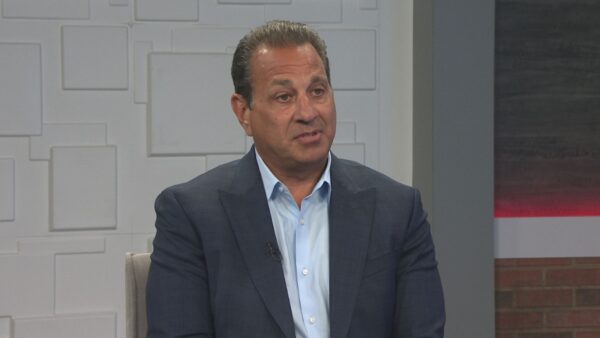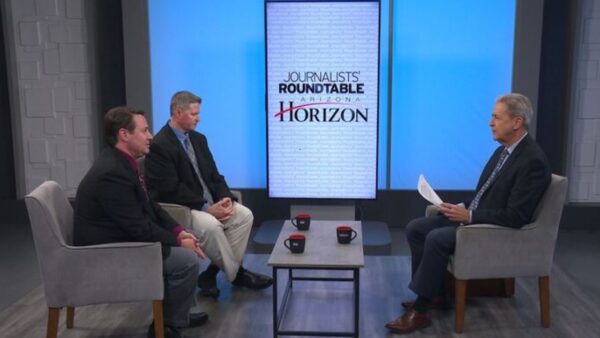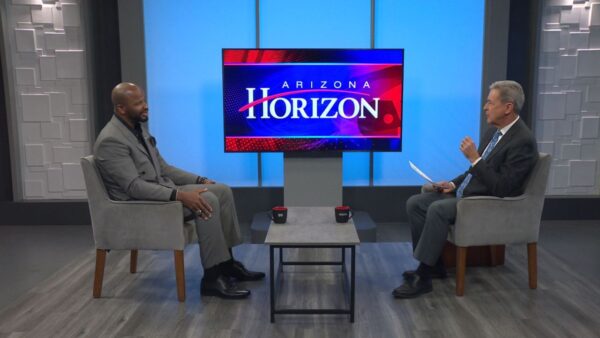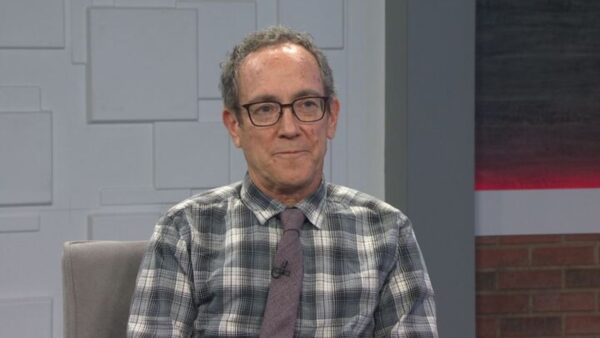ASU researchers trying to reduce CO2 emissions
March 30, 2022
Climate change continues to cause drought and extreme heat in Arizona and much of the west. A team at Arizona State University is studying ways to mitigate climate change by reducing co2 emissions. Professor Clark Miller is the lead author of the study. He’s the director of the Center for Energy and Society in ASU’s School for the Future of Innovation in Society.
ASU and SRP have joined together in a strategic partnership to achieve “deep decarbonization” of Arizona, meaning a 100% carbon neutral economy, Miller said.
A new research project has established four potential “pathways” for achieving this. First and foremost: the electrification of the economy.
“Electrification is really simple, it’s just switching from a fuel source of energy to electricity as your source of energy, and you want clean electricity obviously,” Miller said. “This is like an electric car. You’re switching from a gas-powered vehicle to an electric vehicle, and there are many other end-use technologies that we could use electricity for.”
Because of much higher efficiency, these electric technologies would use the least amount of energy in the long-term, Miller said.
The second pathway is “building a new carbon economy,” built around capturing the carbon emissions of fuel-based technologies.
“There are a lot of places that are trying it, but it is expensive. The basic problem with the new carbon economy, and why we don’t expect very much of it, is that it’s an add-on,” Miller said. “You pay for the fuel, and then you pay to capture the carbon and store it, and you pay for the monitoring to make sure the carbon stays in the ground and all that.”
Despite its drawbacks, Miller expects carbon-capture to have some uses.
“We don’t expect that to be a big piece of the puzzle, but there are just certain parts of the economy that are tough to deal with like airplanes for example, where there aren’t any good alternatives,” Miller said.
A third pathway is focused on hydrogen. While hydrogen has seen minimal success in consumer products like automobiles, there is a potential to use it in larger applications.
“What’s getting a lot of attention now is that we might make hydrogen with renewable electricity,” Miller said.
Hydrogen would primarily be used in large applications like replacing natural-gas power plants.
The fourth and final aspect of the report was centered on populations that may be left behind.
“A lot of these technologies require a lot of investment up front and they then they save you money over the long term,” Miller said. “But that upfront investment is going to be difficult for a lot of households, and for a lot of small businesses.”
Despite the problems that the various pathways face, Miller said that “The big message of this report is that we can do this, we can get to 100% carbon neutrality in Arizona.”




















